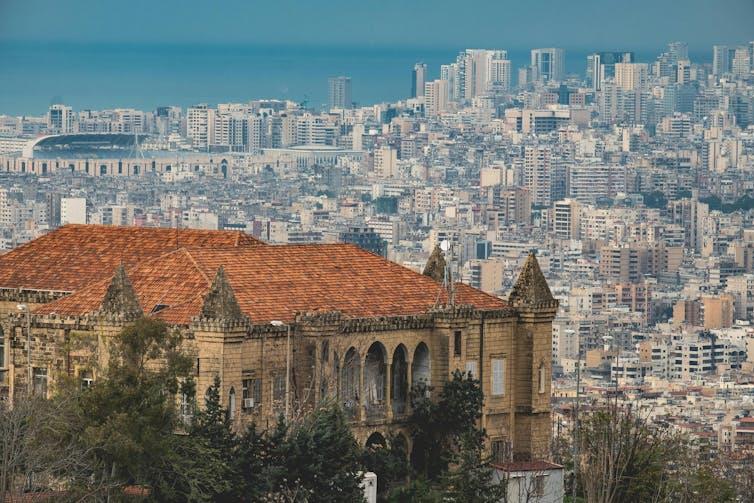(MENAFN- Asia Times)
I first visited Lebanon in 1978, three years into the civil war and six years before Theodore Ell was born.
I mention this because, despite the fact our experiences of this fascinating country were at different times, his impressions and judgements in his excellent new book“Lebanon Days” – which spans the tumultuous period from 2018 to 2021 – accord very much with my own.
At the time of my first visit, I was studying Arabic in Cairo at the behest of the Australian Department of Foreign Affairs. DFA (no“T” on the acronym in those days) was seeking to increase its Middle East expertise in the wake of the massive rise in oil prices engineered by Gulf oil producers following the 1973 Arab-Israeli war .
My department had approved the trip to enable me to broaden my knowledge of the Middle East and to practice Arabic in different environments where that devilishly difficult language is spoken. This was travel on the cheap through Lebanon, Syria and Jordan over three weeks – using“service” taxis (taxis with several passengers) and staying in hotels that would struggle to earn half-star ratings.
The point was to have full immersion in environments where little or no English was spoken, and I would have to make myself understood in Arabic for all the practicalities of daily life.
Beirut: a city divided
Before flying to Beirut, I had consulted books on the region in the Cairo embassy's library. Those on Lebanon predated the civil war. I was struck by the beauty of Beirut's center – particularly Martyrs' Square (which features several times in Ell's book), pictured with large palm trees on its eastern and western sides.
At Beirut airport, just south of the city, I hailed a taxi and asked the driver in fus'ha (formal) Arabic to take me to Martyrs' Square. He looked at me in surprise – I assumed because my Arabic was not the aarmi (colloquial) dialect he was used to. But when we arrived at the square I discovered that there was another reason. High-velocity bullets had shorn off all the palm trees about a meter from the ground.
I had stumbled onto the“green line” dividing Beirut's east and west, the main fighting arena of the war. The taxi driver was clearly nervous about being near the square and, as a Muslim, would not take me into the Christian east.
In subsequent years, I visited Beirut several times during the war. I worked there for three years in the late 1990s, when the country seemed for a few years to be getting back on its feet.

There was beauty in Beirut's center. Photo: Jo Kassis / Pexels via The ConversationWhile posted in Damascus, capital of Syria, in the mid-1980s, I periodically went to Beirut with another staff member to carry out various official tasks during breaks in the fighting. If we stayed in West Beirut, we usually slept in the then-closed embassy building.
As a precaution we used to drag mattresses from bedrooms into the internal hallway, to minimize the risk of being peppered with shattered glass if an explosion happened near the building.
MENAFN28082024000159011032ID1108608787
Legal Disclaimer:
MENAFN provides the information “as is” without warranty of any kind. We do not accept any responsibility or liability for the accuracy, content, images, videos, licenses, completeness, legality, or reliability of the information contained in this article. If you have any complaints or copyright issues related to this article, kindly contact the provider above.